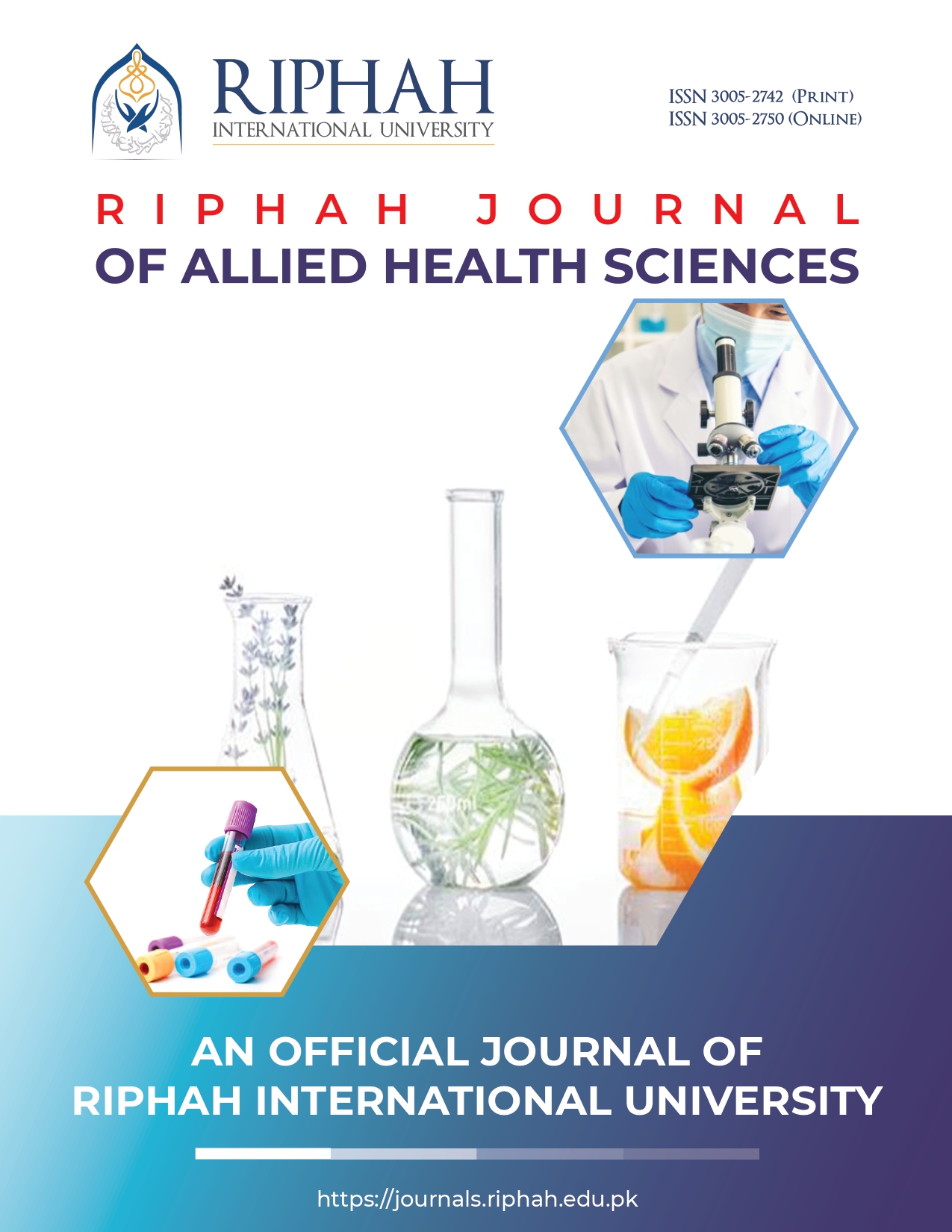Prevalence of Malnutrition in Pediatric Inpatient Cases
Abstract
Background: Malnutrition worsen the nutritional health and increases the disease burden in children living in underdeveloped countries. Under-nutrition is a very common issue in under developed countries where many people are starving due to unavailability of food.
Objective: The purpose of the study was to determine the prevalence of malnutrition and nutritional risk factors in hospitalized children in Lahore. Methodology: Risk of malnutrition and nutritional status was identified in 166 hospitalized children from different hospitals of Lahore by Anthropometric measurements and Nutritional Risk Score.
Results: Total 166 children were included in the study. The frequency of overweight, obese, stunted and wasted children were 10.8%, 10%, 32.5% and 12% respectively. About (65.7%) undernourished children were prevalent with ages of 1-24 months and 52% of overweight and obese children were between 2-5 years of age. Total sixty-eight percent (68.1 %) children were categorized as high nutritional risk whereas 18.1% were observed with no nutritional risk based on Nutritional Risk Score (NRS). Children having high risk of malnutrition had lower height for age (p=0.000), weight for age (0.000), and BMI percentiles (0.003) as compared to the children with a lower risk of malnutrition.
Conclusion: The current study concluded a significant number (32.1%) of stunted growth in hospitalized patients indicated the poor socioeconomic status of babies with ages 1 -24 months. While fifty-two percent (52 %) of children were observed with overweight and obese between 2-5 years of age directed the concept of unawareness of maternal knowledge about nourishing their kids. High malnutrition rates in children are alarming and often result in the hospitalization of babies with an increased risk of serious health complications


